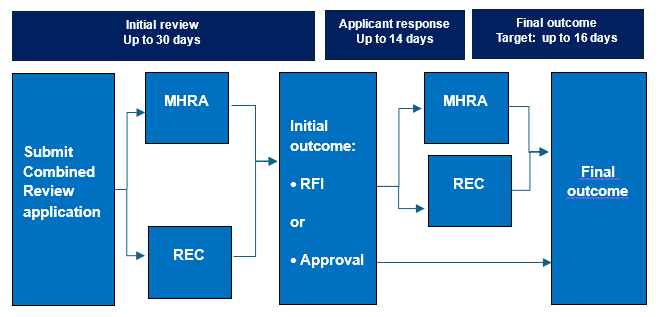Navigating Expedited Drug Development Pathways Globally: Q&A with Quotient Sciences Experts
As the demand for faster access to life-saving therapies grows, regulatory agencies around the world have introduced expedited approval pathways to accelerate drug development without compromising safety or efficacy.
Programs like the FDA’s Fast Track and Breakthrough Therapy designations offer sponsors a strategic advantage when developing treatments for serious or rare conditions.
Recently, a new type of designation, the Commissioner's National Priority Voucher (CNPV) program, was announced by the FDA. The CNPV aims to prioritize therapies that meet one of the following criteria:
- Addressing a U.S. health crisis
- Offering innovative cures for U.S. patients
- Meeting U.S. public health needs
- Boosting U.S. domestic drug manufacturing
Compared to current Fast Track, Breakthough Therapy, and similar FDA programs, CNPV vouchers are non-transferable and must be used within two years.1
Quotient Sciences experts address CMC challenges
Navigating these pathways bring CMC challenges requiring regulatory knowledge, technical agility, and a collaborative approach to development to solve.
In this Q&A, Brad Rowe, Senior Director of Integrated Development, and Robert Cornog, Senior Director of Product Development at Quotient Sciences, share insight on how clients can successfully leverage accelerated approval pathways.
From regulatory strategy and clinical manufacturing to risk mitigation and global alignment, they explore the critical elements that drive success in today’s fast-paced drug development landscape and how Quotient Sciences helps clients meet these needs.
What are expedited drug approval pathways and why do they matter?
Brad Rowe: Expedited approval pathways are regulatory mechanisms that allow drug developers to bring therapies to market faster—especially when treating serious or life-threatening conditions. Agencies including the FDA, EMA, PMDA, and others offer programs to support this.
Robert Cornog: These pathways are designed to balance speed with safety and efficacy. In 2024, 75% of novel drugs approved by the FDA used one or more of these designations. That shows how critical they’ve become in modern drug development.
How can pharma/biotech companies determine if their drug qualifies for an accelerated pathway?
Brad: There are several criteria that a company needs to meet to qualify for an expedited status and it varies by region. In the U.S., we often work with clients that have FDA Fast Track or similar. We have seen that between the different regulatory agencies, some qualifying questions are universal, like:
- Does the drug treat a life-threatening condition?
- What’s the global patient population?
- Is it significantly better than current treatments? Or is there an unmet need?
Robert: The principles we apply in the U.S. often translate to these global programs. Also, understanding the age of onset and diagnosis is key. For example, pediatric or geriatric populations may require different formulations. These factors shape early regulatory conversations and development strategies.
Why is choosing the right CDMO critical for accelerated development?
Brad: It has long been our standpoint that a CDMO should be more than a vendor—it should be a strategic partner. That is exactly what we aim to do at Quotient Sciences for our clients. You need a partner who really understands the stakes and is experienced.
Robert: And one who’s flexible, especially when working on a program for a rare disease where batch sizes are small and maintaining the same quality is paramount. Also, a smaller biotech company may also be navigating this process for the first time, possibly looking to license or divest the asset. A good CDMO can help build a roadmap that ensures continuity, even if the asset changes hands.
How does Quotient Sciences help manage compressed timelines and limited resources?
Robert: It’s all about alignment of resources—technical, financial, operational. They must match the program’s phase and risk profile. For example, late-stage development often overlaps with clinical and regulatory work. That means you need to identify and de-risk gaps early.
In part, that’s why we advocate for integrated development—combining formulation, manufacturing, and clinical dosing, like we do with the Translational Pharmaceutics® platform. It allows for rapid iteration and smarter decision-making.
Brad: I would agree that the challenge isn’t entirely about how to manage the risk, but failing to prepare for it. Our Drug Development Consultants (DDCs) and project managers help our clients navigate decision points, clarify trade-offs, and keep programs on track.
For more insight, download our recent whitepaper and contact us about your next accelerated development program.
References: 1- https://www.pharmaceutical-technology.com/newsletters/fda-creates-new-priority-review-voucher-scheme-to-boost-us-interests









